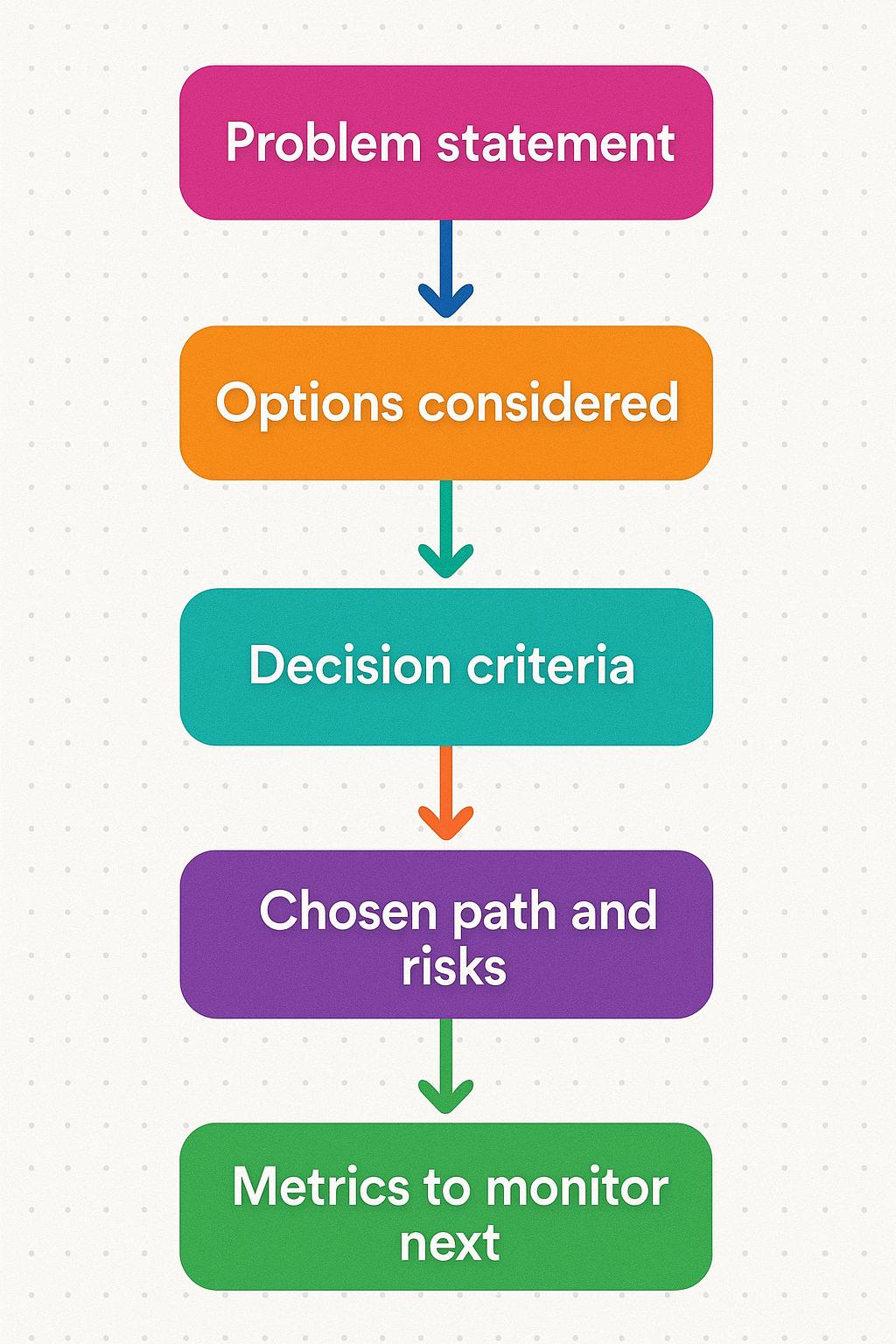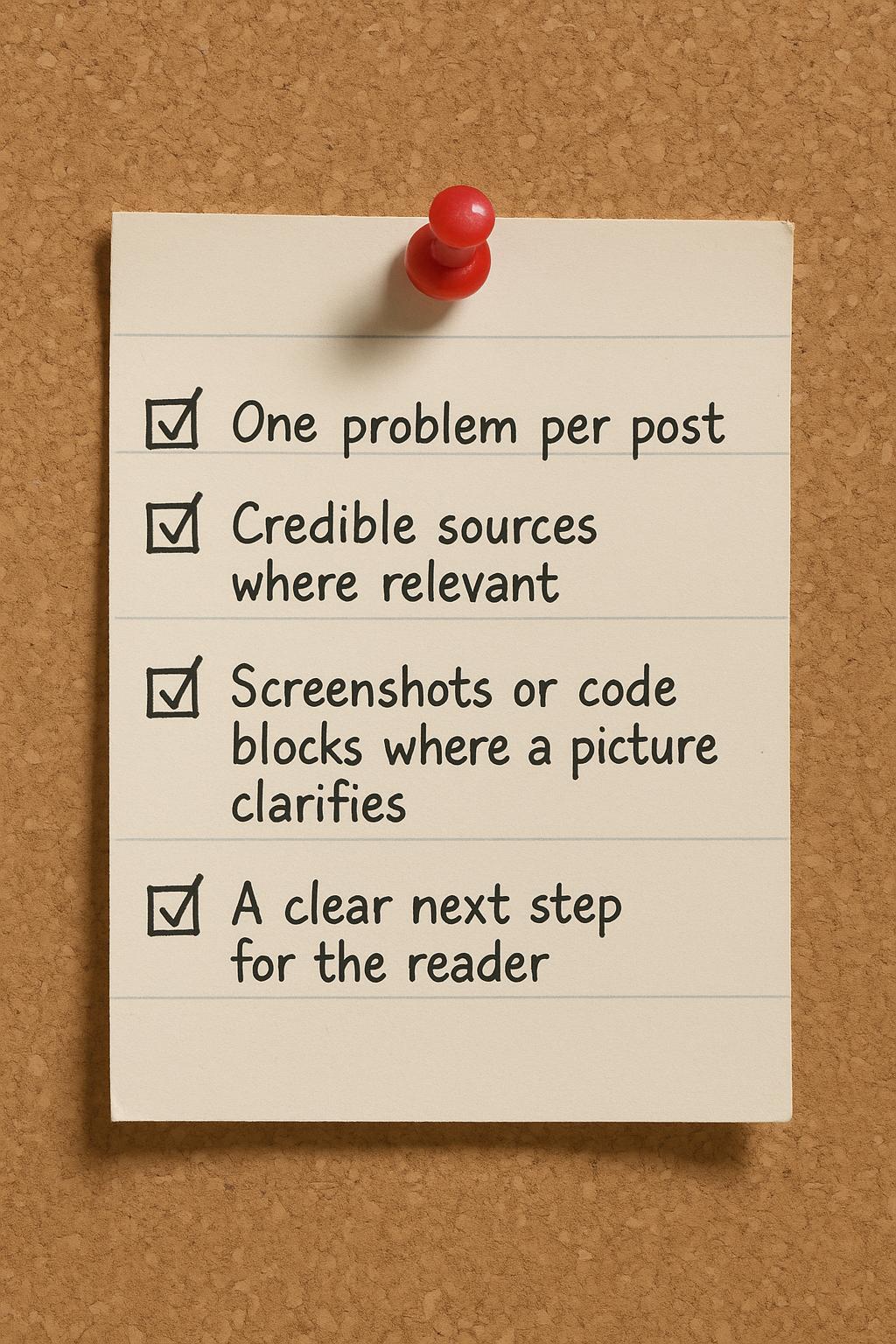A startup blog can become the most compounding channel a young company owns.
It attracts the right readers and answers real questions.
When the content is practical and honest, it drives sales conversations without sounding pushy.
Yet many founders delay publishing because they fear imperfect writing. Others publish often but say very little.
A better path exists, and it starts with clarity about purpose, audience, and consistent execution.
We’d like to share our experiences with you: what works and what doesn’t when creating a great startup blog. After publishing hundreds of blogs and going through plenty of ups and downs, we’ve learned a thing or two.
Why Many Startup Blogs Fail
Overemphasis on Promotion
Many posts read like feature lists. Readers feel pitched, not helped. The result is low time on page and weak trust.
Instead, teams should explain problems and teach how to solve them, even when the solution does not always involve their product. This builds authority and gives prospects a reason to return.
Two helpful angles are comparison thinking and behind-the-scenes detail.
A buyer wants context. A candidate wants craft. Consequently, posts must serve both without slipping into fluff.
Undefined Audience
Some blogs try to speak to everyone. They end up speaking to no one.
A seed-stage cybersecurity tool, for instance, should not chase generic small business topics. It should write directly for security engineers and risk teams.
Clarify the top two personas. Then decide what each persona wants before, during, and after purchase. As a rule, the blog should map to those moments. Later, refresh the map as the product moves upmarket.
Finally, keep voice and topics consistent. Readers return when they know what to expect.
Short-Term Metrics Over Value
Traffic spikes are tempting. However, chasing easy clicks creates shallow content. Teams often overvalue social buzz and undervalue qualified search demand.
A better scorecard prioritizes:
- Topic ownership on key queries
- Assisted conversions and influenced pipeline
- Returning visitors and newsletter replies
- Candidate mentions in interviews
These lagging indicators tie to revenue and recruiting. They also guide smarter editorial bets.
Other Typical Mistakes
Inconsistent Cadence
One key challenge for many startup blogs is inconsistent publishing schedules. When posting is irregular, readers lose trust and may stop returning.
To address this, adopt a two-step editorial process and commit to publishing at the same time each week. For example, every Tuesday at 10 a.m. local time.
This consistent cadence builds audience expectation and momentum.
Shallow Research
Another frequent issue is a lack of depth in blog content. Shallow posts, without clear evidence or examples, fail to provide lasting value.
To improve credibility and reader engagement, make it standard practice to include at least one supporting artifact in every post. This can be a screenshot, a brief dataset, or a code snippet.
Weak On-Page Structure
Poor on-page structure makes content harder to consume.
When blog posts lack clear headings, concise introductions, and summary bullet points, readers struggle to find the information most relevant to them.
Address this by organizing posts with H2 and H3 headings, using concise intros, and summarizing key points in bullet lists.
Core Purposes of a Startup Blog
Sharing Challenges and Lessons
Founders and early PMs face messy tradeoffs.
Publishing those tradeoffs helps peers and signals maturity to buyers. It also creates an archive the team can reference later.
Consider formats like failure write-ups or pricing experiments. For example, explain why a discount model attracted the wrong ICP and how the team adjusted.
Importantly, treat lessons as living documents. Update them as the market and product evolve.
Documenting Product Decisions
A public decision log reduces confusion around why a feature exists and for whom.
Prospects see the thinking behind the roadmap, which can shorten sales cycles.
A simple template works:

The GitLab handbook proves that consistent, open documentation strengthens credibility.
Inviting Feedback
Open questions convert silent readers into active contributors.
Ending a post with three targeted prompts invites useful replies.
Readers who feel heard share more context. Engineers who care about the craft will send better bug reports.
Also, structured feedback helps prioritize. If ten CISOs ask for SSO with specific audit requirements, that points to a roadmap theme worth highlighting in future posts.
Attracting Talent
Candidates use blog content to evaluate culture and quality. They look for code samples, design rationale, and peer-caliber.
A thoughtful blog can shorten hiring cycles by pre-vetting fit.
Publish artifacts that show how the team works:
- Architecture diagrams with tradeoffs
- Design critiques with annotated files
- Hiring rubrics and leveling guides
As a result, applicants self-select. That saves everyone time.
Raising Awareness and Brand Visibility
One core purpose of a startup blog is raising awareness.
A blog makes the company easier to find online. Posts can appear in search results or be shared in communities. They show what the startup is working on and why it matters.
This helps the right people discover it without advertising.
Each published post becomes an asset that can be cited by others, establishing the brand as a trusted resource in its field.
Creating Content That Works
Prioritize Substance Over Polish
Perfect prose is optional. Useful detail is not.
Shipping a helpful walkthrough beats waiting for the ideal turn of phrase.
To protect quality without slowing down, adopt a short checklist:

lign with Google Search Essentials. It clarifies what search engines reward: helpful, reliable content created for people.
Provide Actionable Insights
Advice should survive first contact with a real workflow. Therefore, include the steps, templates, or queries someone would actually run.
Example topics that land well:
- “Post-incident review: the exact agenda our SRE team uses”
- “How we reduced AWS cost by 18 percent with tagging and anomaly alerts”
- “A buyer’s guide to SOC 2, ISO 27001, and what auditors look for”
When writing for discoverability, target long-tail keywords. They reflect specific intent and often bring readers who are closer to a decision.
Then, edit for clarity. If a sentence can be shorter, make it shorter. The Hemingway Editor helps you spot dense sentences in seconds.
Contextual Storytelling
Context gives readers a reason to trust the recommendation.
Explain what failed before the current approach, who owned which decision, and what constraints shaped the outcome.
For instance, describe the volume of data, traffic patterns, or compliance requirements behind a technical choice.
Finally, show the artifacts. Paste the query, redacted spreadsheet, or architecture diagram. As researches note, scannable structure and concrete examples help readers extract value quickly.
Experiment With Formats
Different formats fit different goals.
A quick-start checklist satisfies someone in a hurry. A teardown satisfies someone evaluating options carefully.
Formats worth testing:
- Decision logs and postmortems
- Field notes from customer interviews
- Deep dives on integrations with exact config steps
- Quarterly research snapshots on the market problem
- Teardown series comparing common tools
To organize these formats into a coherent plan, consider a pillar-cluster strategy. It ties related posts together and increases topical authority over time.
Different stages of the buyer journey need different formats. This quick guide helps you choose:
Strategy for Launching Your Startup Blog
A simple 90-day plan beats sprawling ambitions. The goal is to ship useful work every week while building a repeatable system.
1) Define the editorial spine
- Pick 3 pillars tied to your ICP’s top jobs-to-be-done.
- Brainstorm 4 clusters under each pillar. Keep each cluster practical.
- Map clusters to queries with purchase intent.
2) Build a minimal workflow
- Draft in a shared doc with a two-pass review: editor for clarity, SME for accuracy.
- Use a single style guide and a terms list. Keep it to one page.
- Set an SLA: idea to published in 10 business days.
3) Produce a weekly cadence
- Week 1: Publish a pillar explainer plus one tactical cluster post.
- Week 2: Publish a teardown with raw artifacts.
- Week 3: Publish a decision log with metrics to watch.
- Week 4: Publish a cluster post and update the pillar with new internal links.
4) Measure and iterate
- Track returning visitors, qualified demo requests, and replies to your newsletter.
- Update old posts that rank on page two for strategic terms.
- Retire topics that draw the wrong audience.
A Simple SEO Frame Without the Jargon
Search is not magic. It rewards consistent, helpful, and focused writing.
- Pick one main query per post and 2 to 3 close variants.
- Answer the query directly within the first 100 words.
- Add a table, checklist, or code block to increase utility.
- Link to a pillar page and one or two related clusters.
- Update the post when new data or screenshots arrive.
Editorial Hygiene: The Fast Review Loop
Even the best ideas fail with a slow process. Therefore, aim for a tight loop that fits a lean team.
- Draft: 45 minutes for a first pass, 15 minutes to add artifacts.
- Edit: 20 minutes for clarity and fact checks, 10 minutes for links and structure.
- Publish: 10 minutes to set title, description, and alt text, 5 minutes to proof the preview.
To keep voice consistent as more contributors join, build a short “dos and don’ts” list. For instance, prefer active voice, plain verbs, and simple sentence structures.
Lastly, maintain a rolling backlog. When an engineer drops a Loom or a PM documents a decision, capture it as a future post. Momentum matters.
Final Thoughts
A startup blog succeeds when it becomes a trusted field manual, not a press room. It teaches, documents, and invites interaction.
Keep the system lightweight. Publish consistently. Tell the truth about tradeoffs.
Become a place where people can find answers to their questions.
If you want to move faster without adding headcount, Stryng can simplify planning and help you produce blogs that actually get read. Try it for free, or contact Stryng’s team and they’ll do everything for you.
Frequently Asked Questions
Q: How often should a new company publish on its startup blog?
A: Weekly is a practical target for most teams. Consistency matters more than sheer volume.
Q: Which matters more, social shares or organic search?
A: Search usually compounds more predictably. Still, social can validate ideas quickly and surface new angles.
Q: How does founder-led marketing fit with a team-owned blog?
A: Use founder posts for narrative and vision. Then let the team publish tactical deep dives and decision logs that back up the story.
Q: What is the simplest editorial calendar that actually works?
A: A two-column spreadsheet with publish date and working title is enough to start. Add owner and link to draft once the cadence is steady.
Q: What metrics signal the blog is working?
A: Look for returning visitors, qualified signups tied to key posts, and positive mentions from candidates in interviews.



